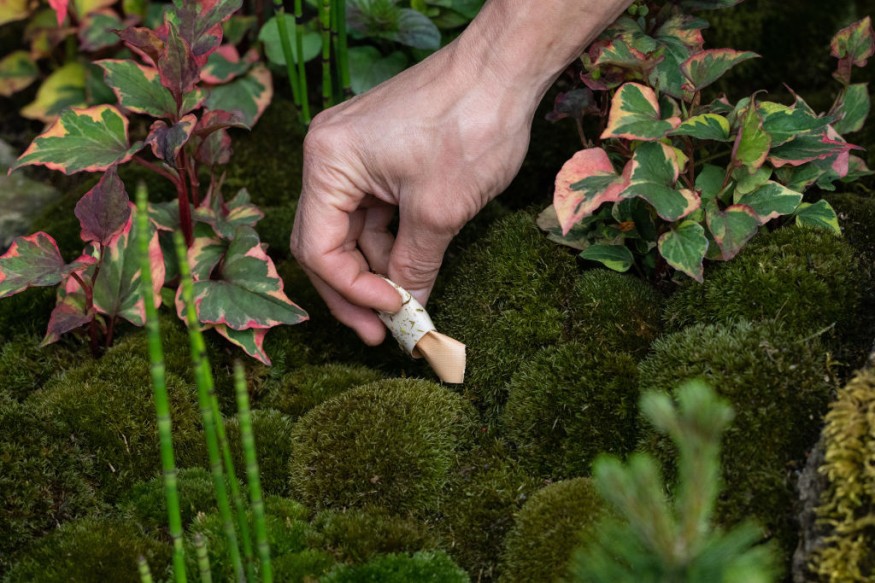
Traditional grass lawns can be a burden to maintain, requiring frequent mowing, watering, and fertilizing. If you're seeking a more low-maintenance solution for your outdoor spaces, there are several alternatives to consider. These options not only reduce the time and effort required for upkeep but also offer unique aesthetic appeal and environmental benefits.
Let's explore five low-maintenance lawn alternatives you can try at home, along with their pros and cons.
White Clover or Microclover
A low-growing, nitrogen-fixing ground cover that forms a lush, green carpet requiring minimal mowing and inputs.
Pros:
- Requires minimal mowing and watering
- Drought-resistant and hardy
- Fills in bare spots naturally
- Provides nitrogen to the soil
- Attracts bees and other pollinators
Cons:
- Can be invaded by other weeds if not maintained properly
- May not be suitable for high-traffic areas
Moss
A velvety, lush plant that thrives in shady areas and requires virtually no maintenance once established.
Pros:
- Requires no mowing or fertilizing
- Thrives in shaded areas
- Adds a lush, natural look to your landscape
- Retains moisture and helps prevent soil erosion
Cons:
- Can be slippery when wet
- May spread to unwanted areas
- Requires consistent moisture levels
Ground Covers
Dense-growing, spreading plants like pachysandra or vinca that form a low carpet to replace grass.
Pros:
- Wide variety of options (e.g., pachysandra, vinca, ajuga)
- Suppresses weed growth
- Provides a dense, low-growing carpet
- Can thrive in various soil and light conditions
Cons:
- Initial establishment can be time-consuming
- May require occasional trimming or weeding
- Some varieties can be invasive if not contained
Artificial Turf
Synthetic grass that provides a realistic, evergreen lawn surface without any mowing, watering or other maintenance.
Pros:
- Requires no mowing, watering, or fertilizing
- Durable and long-lasting
- Provides a consistent, evergreen appearance
- Suitable for high-traffic areas
Cons:
- Upfront installation costs can be high
- Can get hot in direct sunlight
- May require periodic cleaning and maintenance
Xeriscape
An environmentally-friendly style of landscaping using drought-tolerant plants and materials adapted to local climates to minimize water usage.
Pros:
- Water-efficient and drought-resistant
- Incorporates native plants and landscaping materials
- Requires minimal maintenance once established
- Provides a unique, natural aesthetic
Cons:
- Initial installation can be expensive
- May require professional assistance for design and planning
- Limited options for high-traffic areas or recreational use
When considering these low-maintenance lawn alternatives, evaluate your specific needs, climate, and aesthetic preferences. Each option has its unique advantages and drawbacks, so it's essential to choose an alternative that aligns with your lifestyle and landscaping goals.
© 2025 Realty Today All rights reserved. Do not reproduce without permission.



